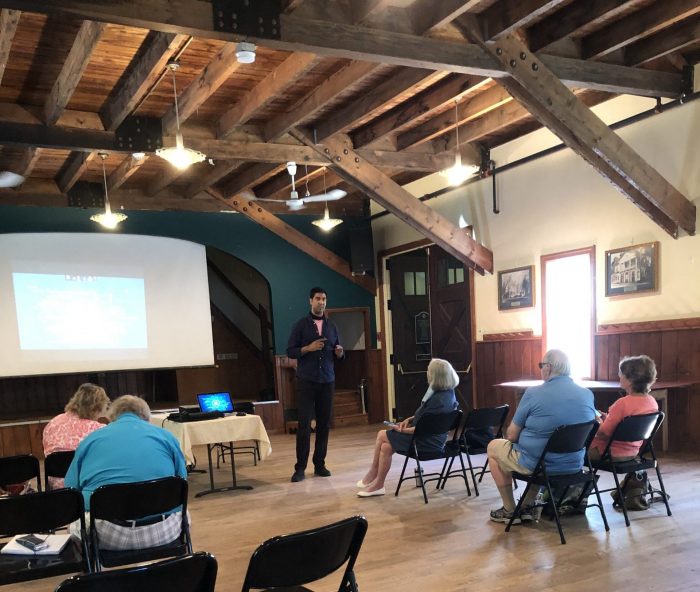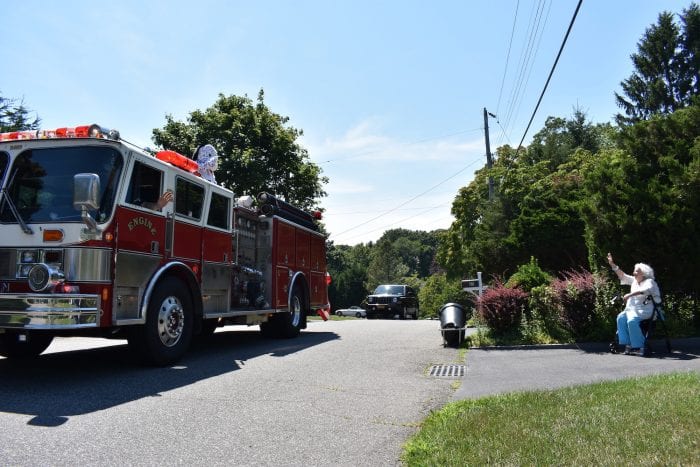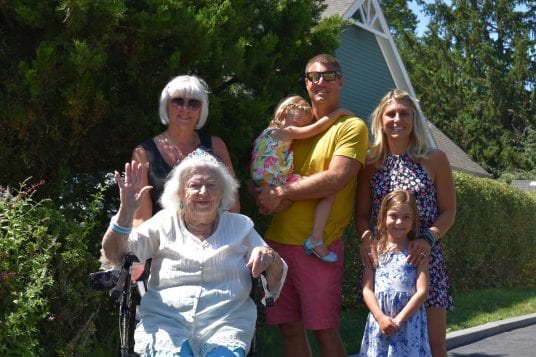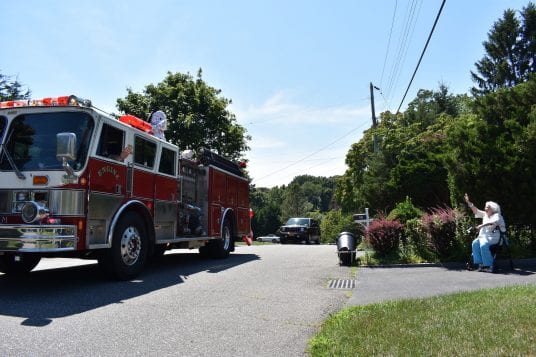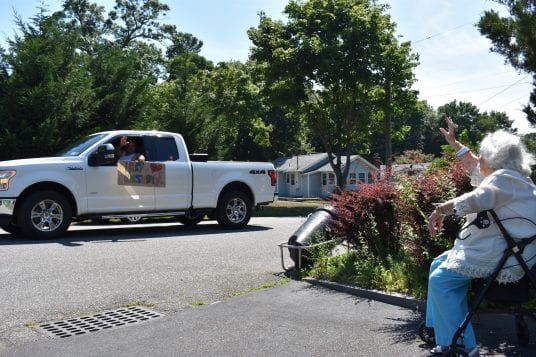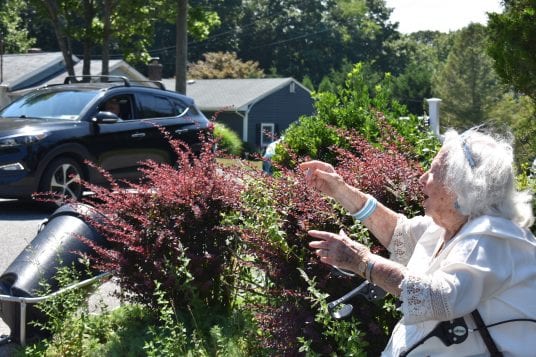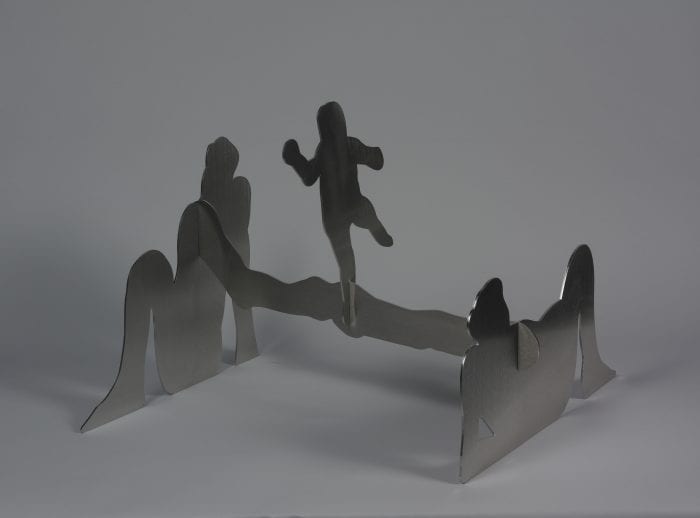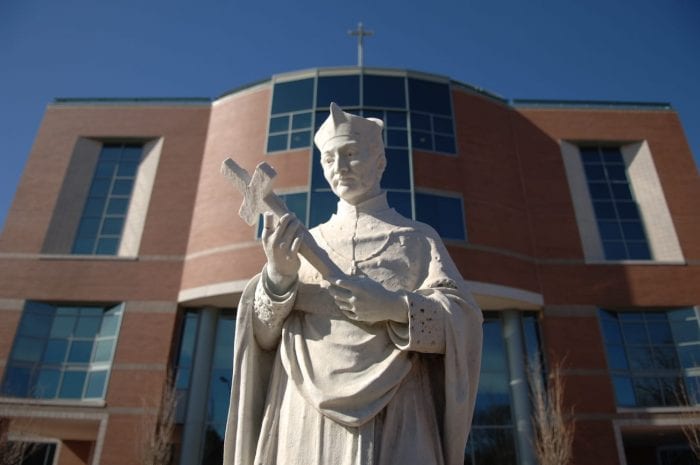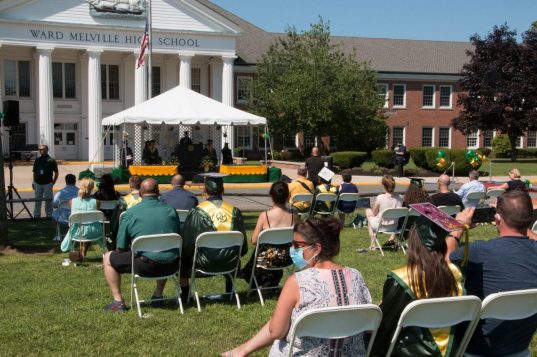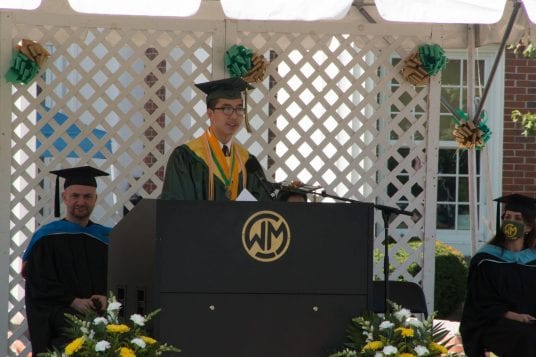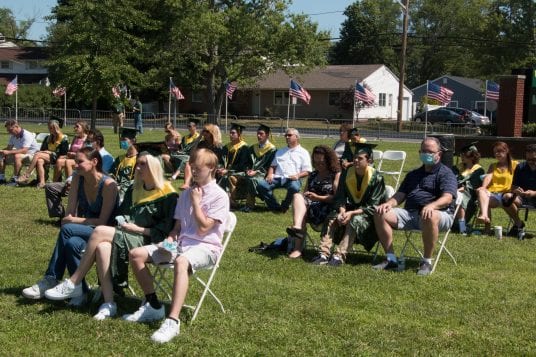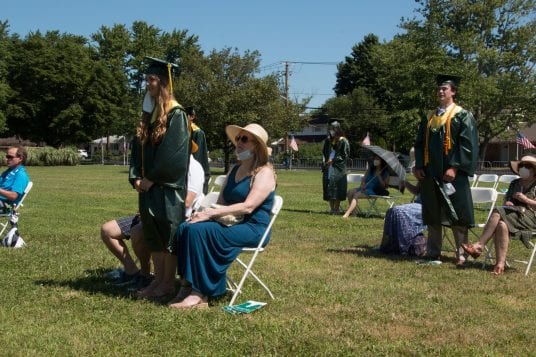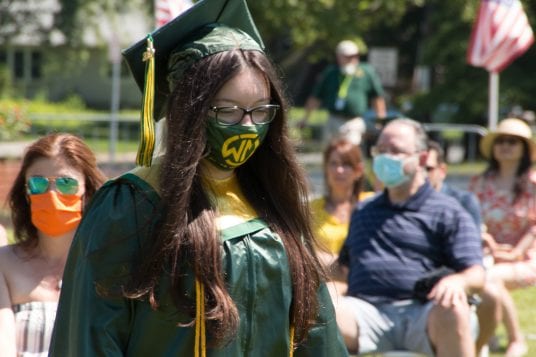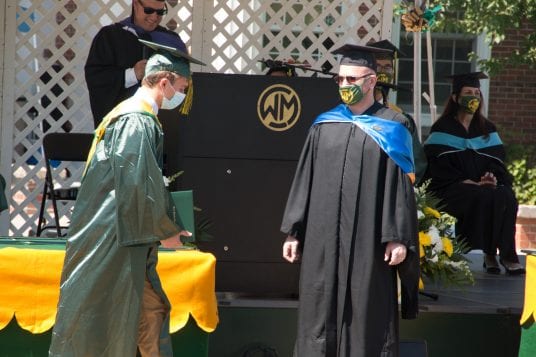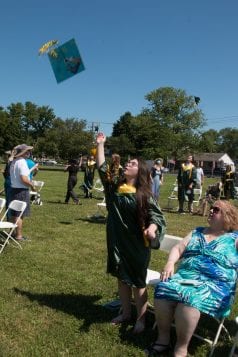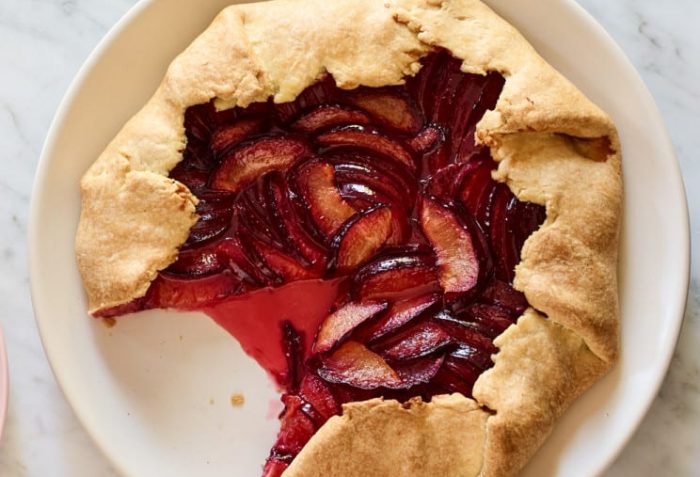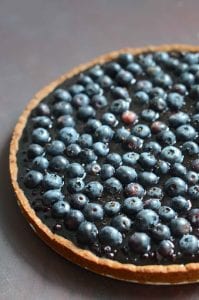At St. Charles Hospital in Port Jefferson and St. Catherine of Siena Medical Center in Smithtown, the use of face masks, regardless of the threat level from the virus that has claimed the lives of just over 2,000 people in Suffolk County and more than 144,000 in the United States, is likely to continue.
“I see [the use of] face masks moving forward.”
—Cecilia Hill
“I see [the use of] face masks moving forward,” said Cecilia Hill, director of Infection Prevention and Control at St. Charles.
Indeed, Hill and James O’Connor, president of St. Charles and St. Catherine’s hospitals, said they believe that masks were a critical part of protective equipment for staff.
Almost all of the antibody tests for staff at St. Charles came back negative, which Hill suggested “says a lot for what we were doing” to protect staff, including mask wearing and hand hygiene.
St. Charles recently restarted elective surgeries, which were on hold during the worst months of the pandemic on Long Island.
Anyone coming in for elective surgery needs a COVID-19 screening. The hospital also uses temperature screenings for staff and visitors. Medical personnel and visitors have to attest to the fact that they are feeling well and are showing no signs of the virus.
These procedures will “be in place for quite some time in the far future,” Hill said.
O’Connor said the two local hospitals didn’t meet Gov. Andrew Cuomo’s (D) target for 90 day’s worth of personal protective equipment for every hospital, which was his original goal in case of another viral surge.
“No one is able to get those kinds of supplies,” O’Connor said. Still, he said the hospitals would be in “far better shape, assuming there’s a surge in the fall,” because they are collecting as much PPE as they can. The hospitals are also not using as many N95 masks as they were, in part because they are testing so many patients.
O’Connor declined to give the exact amount of PPE the hospitals had on hand.
Following health and safety guidelines during the worst of the COVID-19 pandemic also helped lower the spread during the annual flu season.
A viral born respiratory illness like COVID, the flu typically threatens public health between December and the middle of May.
Suffolk County typically gets “slammed with the flu until the middle of May,” said Hill. This year, the last case was in March. While that could also be a product of people suffering through the flu without coming to a hospital during the pandemic, social distancing, face masks and sheltering in place likely reduced the spread of a disease that can also be fatal in some cases, though not nearly as much as COVID-19.
“My hope is that, because all of the testing, we are going to know earlier on that the wave is coming back.”
— James O’Connor
As the number of confirmed positive cases of people with COVID-19 has declined, O’Connor said the fear of going to the hospital for elective surgery is lower.
“Everybody is aware that the numbers are down on Long Island and in New York state,” he said. “My hope is that, because all of the testing, we are going to know earlier on that the wave is coming back.”
All elective surgeries have had testing done three days before the scheduled procedures. In cases where tests come back positive, the hospitals are postponing those procedures.
O’Connor said some of these tests have come back positive, even for people who are asymptomatic. The COVID-19 test is required for people who have fallen and fractured their hips.
“A number of positives are not because they are having symptoms,” O’Connor said. “They aren’t complaining of a fever or other respiratory problems. These are probably mild cases.”
O’Connor said it’s unclear from the literature that a mild case doesn’t spread as much as someone with full-blown COVID with a fever.
Indeed, some medical literature suggests that asymptomatic cases may shed even more of a viral load, he said.
Hill suggested there was a drastic contrast between patients who first came in with symptoms related to the virus and the people they are seeing now.
Part of the reason the prognosis has improved is that hospitals like St. Charles and St. Catherine’s have a much better idea of how to treat patients. Some drugs have helped relieve the symptoms associated with the virus.
As for the staff at the hospitals, O’Connor said he hopes they learned from the public health challenge during the worst of the first wave.
“You hope, and I would pretty much guess, that anybody who lived through it the first time will be very careful about potentially exposing themselves,” he said. “If you talk to people, what they are most concerned about is what’s coming back.”
Ultimately, O’Connor and Hill urged people to abide by the face mask guidelines, particularly when they are close to others. The decision not to wear a mask could have implications for the longevity of others who are following public health guidelines.
“Do the right thing,” O’Connor said. “Protect yourself and those around you.”



 My last article focused on some general potty-training techniques. This article will focus on crate training.
My last article focused on some general potty-training techniques. This article will focus on crate training.

